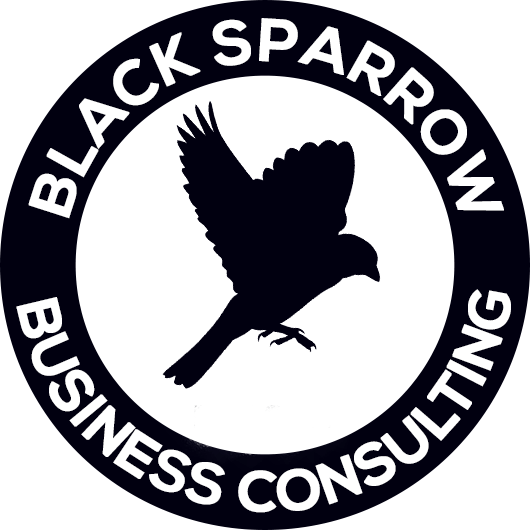Recruitment is a long game, it’s as simple as that and that’s why you need strategy
I get it. You need talent now. That’s why you’re here, right? To find out how to attract people to your business today and hire them immediately. If it were that easy, we wouldn’t be operating in a candidate-short market, you wouldn’t be reading this post, and I would be out of a job.
But before we dive into quick fixes, let me ask you a couple of questions:
- Where would your business be in 12 months if you took no action on hiring and recruitment?
- Where would your business be in 12 months if you took a reactive approach to recruitment?
- Where would your business be in 12 months if you adopted a focused talent acquisition strategy designed to grow your business?
What Is the Recruitment Long Game?
Simply put, it’s your talent management strategy for the next 12 months and beyond. It’s a strategy that mirrors your business plan, works alongside it, and drives the planned growth of your business.
It’s not about quick fixes or getting candidates in the door as fast as possible. Instead, it’s about finding, engaging with, and ultimately hiring the best unavailable talent in your market. And it all begins with a plan and a commitment to act.
Key Steps to a Successful Talent Acquisition Strategy
To effectively plan your recruitment and hiring strategy, consider the following steps:
- Assess Your Current Position: Where is your business today, and where do you want it to be in three years?
- Identify Key Hires: What are the three critical hires required in the next 12 months?
- Plan for Year 2: Who will you need to hire in the second year to support continued growth?
- Prepare for Year 3: What key roles will you need to fill in year three?
- Craft a Compelling Offer: Is your employment offer attractive enough to capture the attention of top talent?
- Define Your Ideal Candidate: Who exactly do you want to hire? I mean specifically—what’s their name, where do they work now, and what do they know about your company? Are you on their radar?
The Power of Specificity in Recruitment
Point 6 is always my favorite to ask: Who do you want to hire? And I mean, specifically who? What’s their name? Where do they work now? What do they know about you so far? Are you on their radar? If not, what’s your plan to get on it?
During my time in recruitment, I was always scanning the competition, identifying who was working for them and how they were performing. When I found recruiters that intrigued me, I would connect with them on LinkedIn. I’d share valuable insights on market trends to build credibility, make a point to say hello at industry events, and eventually, we’d catch up for coffee.
I never paid a cent in advertising or recruitment fees. Instead, I always hired people who would add value to and help grow my business. You can do this too—with a little planning, some time investment, and by leveraging free tools like LinkedIn.
The Long Game vs. Short-Term Solutions
Sure, you can post a job ad, ask for referrals, or engage a recruiter to solve your immediate hiring needs. You can even throw a lot of money at the problem. But what about the next time you need to hire? And the time after that?
By investing in a talent management system and a long-term recruitment strategy, you’re not just solving today’s problems—you’re setting your business up for future success. Whether you’re looking to enhance employee retention, optimize workforce planning, or streamline your recruitment strategy, playing the long game in talent acquisition will pay dividends in the years to come.
Conclusion
The recruitment long game is more than just a hiring strategy—it’s a crucial component of your overall business plan. By focusing on strategic talent acquisition and workforce planning, you’ll be better positioned to attract, retain, and develop the talent that will drive your business forward. Whether you’re a talent acquisition specialist, partner, or simply looking to refine your approach, remember: the best results come from planning, persistence, and playing the long game.


